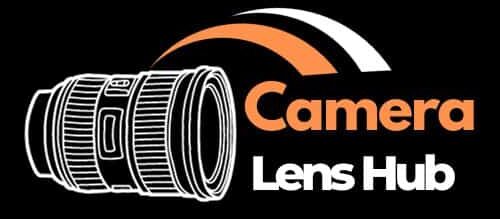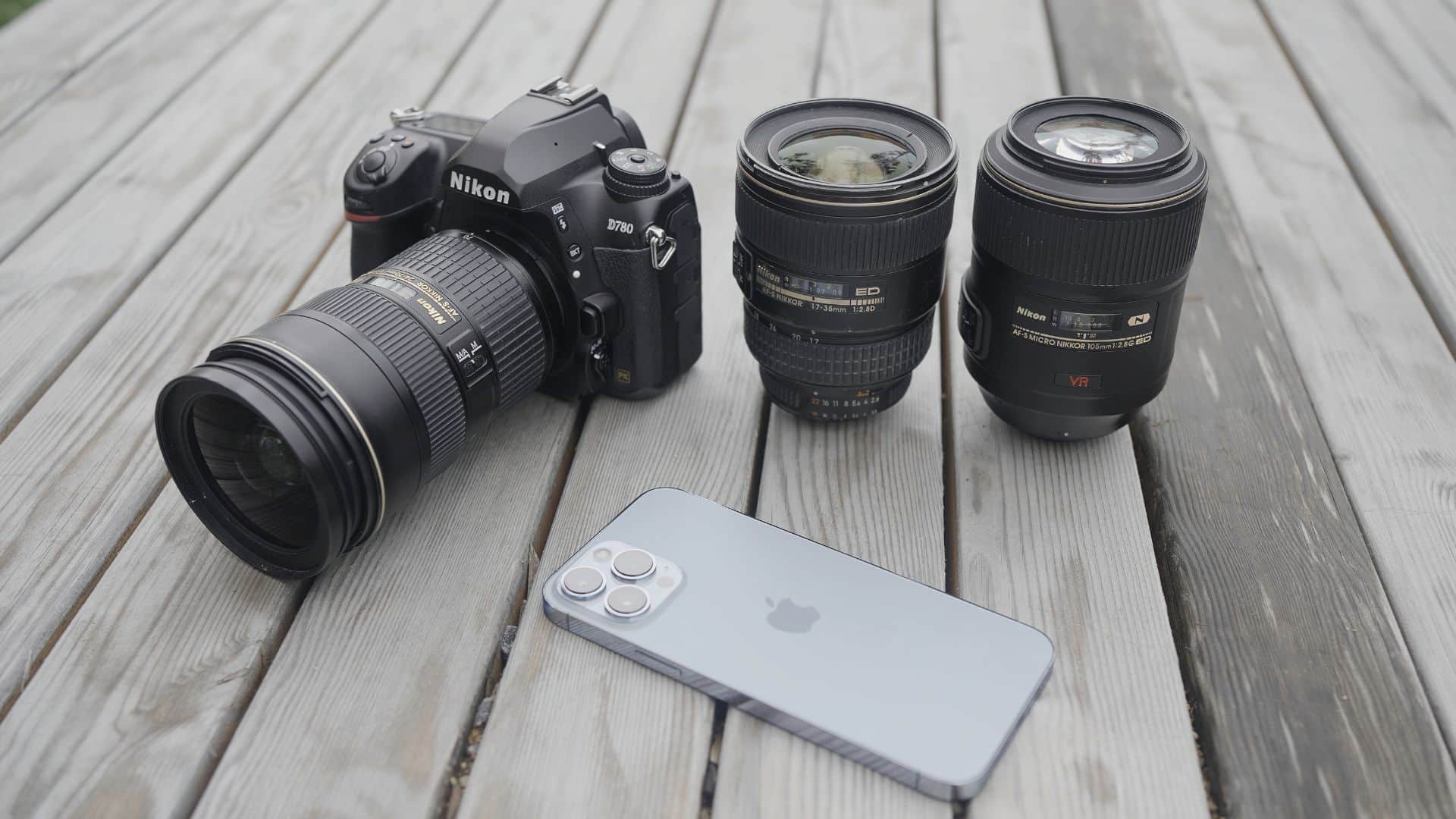Nikon, a renowned name in the world of photography, has a vast array of camera bodies catering to various needs and skill levels. However, the heart of any camera system lies in its lenses. Nikon offers a diverse range of camera lenses designed to meet the needs of photographers across various genres and skill levels. Nikon lenses are known for their exceptional optical quality, precision engineering, and compatibility with Nikon DSLR and mirrorless camera bodies. For Nikon DSLR cameras, lenses with an F-mount are predominantly used, providing a wide selection of options from Nikon itself as well as third-party manufacturers like Sigma, Tamron, and Tokina. These lenses cover a spectrum of focal lengths, from wide-angle to telephoto, along with specialized lenses such as macro and tilt-shift. In this comprehensive guide, we will explore which camera lenses are compatible with Nikon, helping you make informed choices based on your photography requirements.
Nikon Cameras Compatibility:
Nikon camera lenses have a rich history of compatibility across various models. Nikon’s lens compatibility spans decades, with many lenses working seamlessly across different Nikon cameras. From the early days of Nikon lenses popularized by photojournalists to the modern AF-S, AF-I, and AF-D lenses, Nikon has maintained a level of backward and forward compatibility that is impressive. The introduction of newer technologies like the electronic diaphragm “E” lenses since 2007 has added another dimension to Nikon’s lens lineup, offering enhanced features and performance. Nikon’s commitment to lens compatibility is evident in its diverse range of products, catering to different photography needs and styles. Whether you are using a film SLR or a modern digital camera, Nikon lenses provide a wide array of options to capture stunning images with precision and clarity.
Understanding Nikon Lens Mounts:
Before delving into specific lens compatibility, it’s crucial to understand Nikon’s lens mount system. Nikon has used various mounts throughout its history, but the two primary ones for modern digital cameras are the F-mount and the Z-mount.
- F-mount: The F-mount has been the standard for Nikon cameras for several decades. It’s characterized by a bayonet-style mount and is found on Nikon DSLRs and some mirrorless cameras with an adapter.
- Z-mount: Introduced in 2018, the Z-mount is Nikon’s latest lens mount designed specifically for its mirrorless cameras. The Z-mount has a larger diameter, allowing for faster and more versatile lens designs.
Compatibility with F-Mount Cameras:
Nikon’s F-mount cameras, including popular models like the D850, D750, and D5600, are compatible with a vast selection of lenses. Here are some key considerations:
- AF-S and AF-P Lenses: These lenses have built-in focus motors, making them compatible with Nikon cameras that lack an autofocus motor in the body. Look for “AF-S” or “AF-P” in the lens name.
- D and G Lenses: D lenses have an aperture control ring, allowing them to work with older Nikon cameras. G lenses lack this ring and rely on the camera body for aperture control.
- Full-Frame vs. DX Lenses: Full-frame lenses (FX) work on both full-frame and APS-C (DX) sensor cameras, while DX lenses are specifically designed for APS-C sensors. Using a DX lens on a full-frame camera may result in vignetting.
- Third-Party Lenses: Nikon F-mount cameras are also compatible with third-party lenses from manufacturers like Sigma, Tamron, and Tokina. Ensure the lens is available in F-mount and check for compatibility issues.
Compatibility with Z-Mount Cameras:
Nikon’s Z-mount cameras, such as the Z6 and Z7, offer a new frontier in lens design. The larger mount diameter and shorter flange distance allow for improved optical performance. Here’s what to consider:
- Native Z-Mount Lenses: Nikon has been steadily expanding its lineup of Z-mount lenses. These lenses are designed specifically for mirrorless cameras and take full advantage of the Z-mount’s capabilities.
- FTZ Adapter: Nikon provides the FTZ adapter, allowing the use of F-mount lenses on Z-mount cameras. While most F-mount lenses work well with the adapter, some older or third-party lenses may not fully support autofocus or other features.
- S-Line Lenses: Nikon’s premium line of Z-mount lenses is known as the S-Line. These lenses often feature advanced optics, build quality, and additional controls, providing a top-tier experience for Z-mount users.
Choosing the Right Lens for Your Needs:
With Nikon’s extensive lens lineup, choosing the right lens involves understanding your photographic needs and preferences. Here are some common lens types and their applications:
- Prime Lenses: Prime lenses have a fixed focal length, offering excellent image quality and low-light performance. They are ideal for portraits, street photography, and low-light conditions.
- Zoom Lenses: Zoom lenses provide versatility by covering a range of focal lengths. They are suitable for various situations, from landscapes to wildlife photography.
- Macro Lenses: Designed for close-up photography, macro lenses capture intricate details of small subjects such as flowers, insects, or products.
- Wide-Angle Lenses: These lenses are great for capturing expansive landscapes or architecture. They offer a wider field of view, making them essential for certain genres of photography.
Conclusion
In conclusion, Nikon offers a wide array of lenses compatible with both DSLR and mirrorless camera bodies, providing photographers with versatile options to suit their creative vision and shooting requirements. From the iconic F-mount lenses for DSLRs to the innovative Z-mount lenses for mirrorless cameras, Nikon ensures compatibility, exceptional optical quality, and reliability. Whether professionals or enthusiasts, Nikon users can explore a vast selection of lenses, including primes, zooms, and speciality lenses, empowering them to capture breathtaking images across various genres with confidence and precision. With Nikon, photographers can truly unleash their potential and elevate their photographic endeavours.
People May Ask:
Q: What types of camera lenses are compatible with Nikon cameras?
Ans: Nikon cameras typically use lenses with an F-mount for DSLRs and a Z-mount for mirrorless cameras. Both Nikon’s lenses and those from third-party manufacturers like Sigma and Tamron are compatible, covering a wide range of focal lengths and specialities.
Q: Can I use older Nikon lenses on newer camera bodies?
Ans: In most cases, yes. Nikon has maintained backward compatibility with its F-mount lenses, allowing older lenses to be used on newer DSLR bodies. However, functionality may vary, and some features like autofocus and metering may be limited on older lenses.
Q: Are Nikon Z-mount camera lenses compatible with DSLR cameras?
Ans: While Nikon Z-mount lenses are specifically designed for Nikon’s mirrorless Z-series cameras, they can be used on DSLR bodies with an adapter. However, certain functionalities may be restricted, and autofocus performance may vary depending on the adapter used.
Q: Do third-party lenses work well with Nikon cameras?
Ans: Yes, many third-party lens manufacturers produce lenses compatible with Nikon cameras. Brands like Sigma, Tamron, and Tokina offer a wide range of lenses that are fully compatible with Nikon DSLRs and mirrorless cameras, often at competitive prices.
Q: How can I ensure compatibility when buying a lens for my Nikon camera?
Ans: Check the lens mount type (F-mount for DSLRs, Z-mount for mirrorless), and ensure it matches your camera body. Additionally, consider factors like autofocus compatibility, aperture control, and electronic features to ensure seamless integration with your Nikon camera system.

